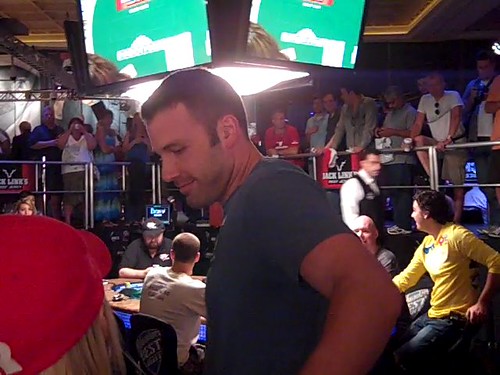
The allure of Hollywood, with its bright lights, glittering red carpets, and the promise of eternal fame, often starts with a childhood dream. For many young talents, that dream becomes a reality, launching them into the spotlight at an age when most kids are still figuring out multiplication tables. But what happens when that dream turns into a nightmare? When a single role, or the tumultuous experience surrounding it, sets a child actor on a path riddled with challenges, from substance abuse and mental health struggles to tragic endings?
It’s a sobering reminder that while childhood stardom can seem like a golden ticket, it often comes with an unspoken, incredibly heavy price. The pressure, the public scrutiny, and the unique circumstances of growing up in an industry designed for adults can warp young lives in ways that are hard for outsiders to comprehend. What might appear as a phenomenal opportunity can, in hindsight, be seen as the very catalyst for a derailed career and profound personal struggles.
Join us as we take a deep dive into the stories of twelve child actors whose journeys took an unexpected, often heartbreaking, turn. These are the tales of how a specific role or the surrounding environment became a pivotal, often negative, force in their lives, shaping their futures far beyond the silver screen. You might be surprised by how profoundly these early experiences impacted their paths.
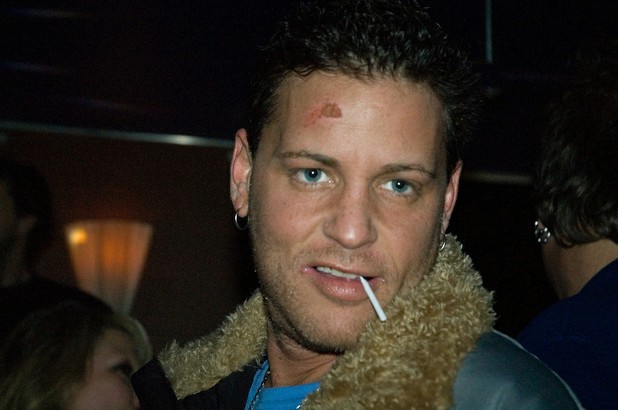
1. **Corey Haim – “License to Drive” (1988)**Corey Haim was a household name in the 1980s, a quintessential young star whose face graced countless magazine covers and movie posters. He embodied the rebellious, charming spirit of youth, captivating audiences in films like “The Lost Boys.” Yet, beneath the surface of his burgeoning fame, Haim was grappling with a silent, insidious battle that would ultimately define much of his life: substance use.
While his struggles began earlier, Haim himself candidly pinpointed a specific moment of profound descent. He cited the filming of 1988’s teen comedy “License to Drive,” where he starred as Les Anderson, a young man with a car but no license, as his “breaking point.” The set, it seems, became an environment ripe for temptation, where the boundaries between character and reality blurred dangerously.
His co-star, Corey Feldman, openly recalled being under the influence throughout the shoot, painting a vivid picture of the permissive atmosphere. For Haim, this period marked a significant low, a gateway experience where one drug led to another, each one pulling him further down. The film, intended as a lighthearted teen flick, inadvertently became the backdrop for a critical personal crisis that would send him into rehab.
Tragically, despite his efforts, the shadow of substance use relentlessly pursued Haim throughout his life, becoming an insurmountable obstacle to consistent career success and personal well-being. His life was cut short in 2010, at the age of 38, due to pneumonia, a grim testament to the long-term impact of the path he embarked upon during those formative years.

2. **Taylor Momsen – “How the Grinch Stole Christmas” (2000)**Before she fronted the rock band The Pretty Reckless, Taylor Momsen charmed audiences as the adorable Cindy Lou Who in Ron Howard’s live-action adaptation of “The Grinch.” At the time, landing such a high-profile role must have felt like an early Christmas miracle, a dream come true for a young actress. However, as Momsen would later reveal, this iconic role proved to be anything but a lasting gift.
Far from a stepping stone to unbridled joy, the role became a source of significant distress during her formative years. In 2023, Momsen shared how she was “made fun of relentlessly” by her peers because of her association with the film. The playground taunts and the constant identification as “Cindy Lou Who” made it incredibly difficult for her to forge genuine friendships and simply be herself among other kids.
Even after securing a subsequent, highly visible role as Jenny Humphrey on the hit show “Gossip Girl,” the shadow of the Grinch persisted. She remained, in the eyes of many, the “Grinch Girl,” further alienating her and exacerbating feelings of being an outsider. This relentless typecasting and the social isolation that came with it made finding a true sense of belonging a continuous uphill battle.
It wasn’t until she discovered the camaraderie of a middle school garage band that Momsen finally found her tribe, a space where she could shed the persona of Cindy Lou Who and embrace her authentic self. This pivot to music provided the much-needed outlet and community that her early acting career had, ironically, denied her.

3. **Jennette McCurdy – “iCarly” (2007-12)**Jennette McCurdy’s journey into the unforgiving glare of the spotlight was not one she chose freely; rather, it was a path dictated by her abusive mother. This familial pressure ultimately led her to the role of Sam Puckett on the hugely popular Nickelodeon series “iCarly,” a character known for her food-loving, tough-girl persona. While the role brought her fame, it also plunged her into a world of personal turmoil.
Despite the invaluable and “hugely healing” friendship she developed with co-star Miranda Cosgrove, the on-set environment harbored a darker side. McCurdy, in her candid memoir, detailed disturbing experiences, including pressure from “the Creator” of the show to engage in underage drinking and receiving an unwanted shoulder massage. These incidents contributed significantly to her childhood trauma, tainting what should have been a joyful period of professional success.
Adding another layer of profound difficulty, McCurdy was secretly battling severe eating disorders, anorexia and bulimia, throughout her time on the show. This internal struggle was in stark, agonizing contrast to her character, Sam, who was constantly depicted as devouring food. The performance became a cruel irony, forcing her to embody an identity that directly conflicted with her painful reality.
After her mother’s passing a few years later, McCurdy made the courageous decision to leave acting behind entirely, choosing to pursue writing and directing instead. When the opportunity arose to reprise her iconic role in an “iCarly” reboot, she unequivocally stated that she had left Sam Puckett in her past, drawing a firm line under a chapter of her life that, for all its public acclaim, was deeply scarred by trauma.

4. **Judy Garland – “The Wizard of Oz” (1939)**“The Wizard of Oz” remains an undisputed cinematic classic, a timeless tale that has enchanted generations. Yet, behind its magical facade lay a production fraught with difficulties, a veritable nightmare that left an indelible, painful mark on its young star, Judy Garland, in her iconic role as Dorothy. The beloved yellow brick road was, for Garland, paved with distress and exploitation.
While debates persist about the alleged mistreatment by some Munchkin actors, there is no denying the horrific conditions imposed upon Garland by the studio, MGM. She was subjected to unreasonably long working hours, forced into breast binding to maintain a childlike appearance, and, most disturbingly, essentially starved to keep her weight down to studio-prescribed standards. Her well-being was sacrificed for an image.
This grueling, dehumanizing shoot, while not her first encounter with pharmaceuticals, significantly escalated her reliance on amphetamines and barbiturates. These drugs, initially given by the studio to manage her energy and weight, became a dangerous crutch. Her substance use, tragically, didn’t end with the movie; it became a pervasive struggle that would shadow her for the rest of her life.
Reflecting on her time at MGM, Garland poignantly articulated her feelings of a stolen childhood, a sentiment that resonates with the brutal reality of Hollywood’s treatment of its young stars in that era. Her struggles with addiction and mental health continued into adulthood, culminating in her premature death from an accidental barbiturate overdose, a tragic end to a life marked by immense talent and profound suffering.

5. **Gary Coleman – “Diff’rent Strokes” (1978-86)**Gary Coleman captured the hearts of millions as the wisecracking Arnold Jackson on “Diff’rent Strokes,” a role he began around the age of ten and continued to play until he was eighteen. His character’s seemingly ageless appearance, a poignant detail often overlooked, was due to a kidney disease that stunted Coleman’s growth, a health challenge that contributed to the underlying complexities of his life.
Despite becoming, for a period, TV’s highest-paid child star, the immense financial success brought little joy. Coleman’s medical battles and the relentless demands of long working hours frequently left him in a state of depression. The dream of fame was overshadowed by the harsh realities of chronic illness and the relentless grind of a child actor’s schedule.
Adding to his woes, Coleman’s substantial earnings were not managed responsibly. This led to a public and painful lawsuit against his adoptive parents and former manager, whom he accused of misusing his trust fund. He ultimately received a fraction of what he believed he was owed, a little over $1 million of an estimated $3.8 million, highlighting a devastating betrayal of trust at a vulnerable age.
Even after his stint as a child star concluded, Coleman found himself perpetually typecast and struggled to shake off the shadow of Arnold Jackson. His financial instability and ongoing health issues persisted, intertwining with his public persona, until his untimely death in 2010. His story serves as a stark warning about the potential exploitation and lasting challenges faced by young, high-earning performers.
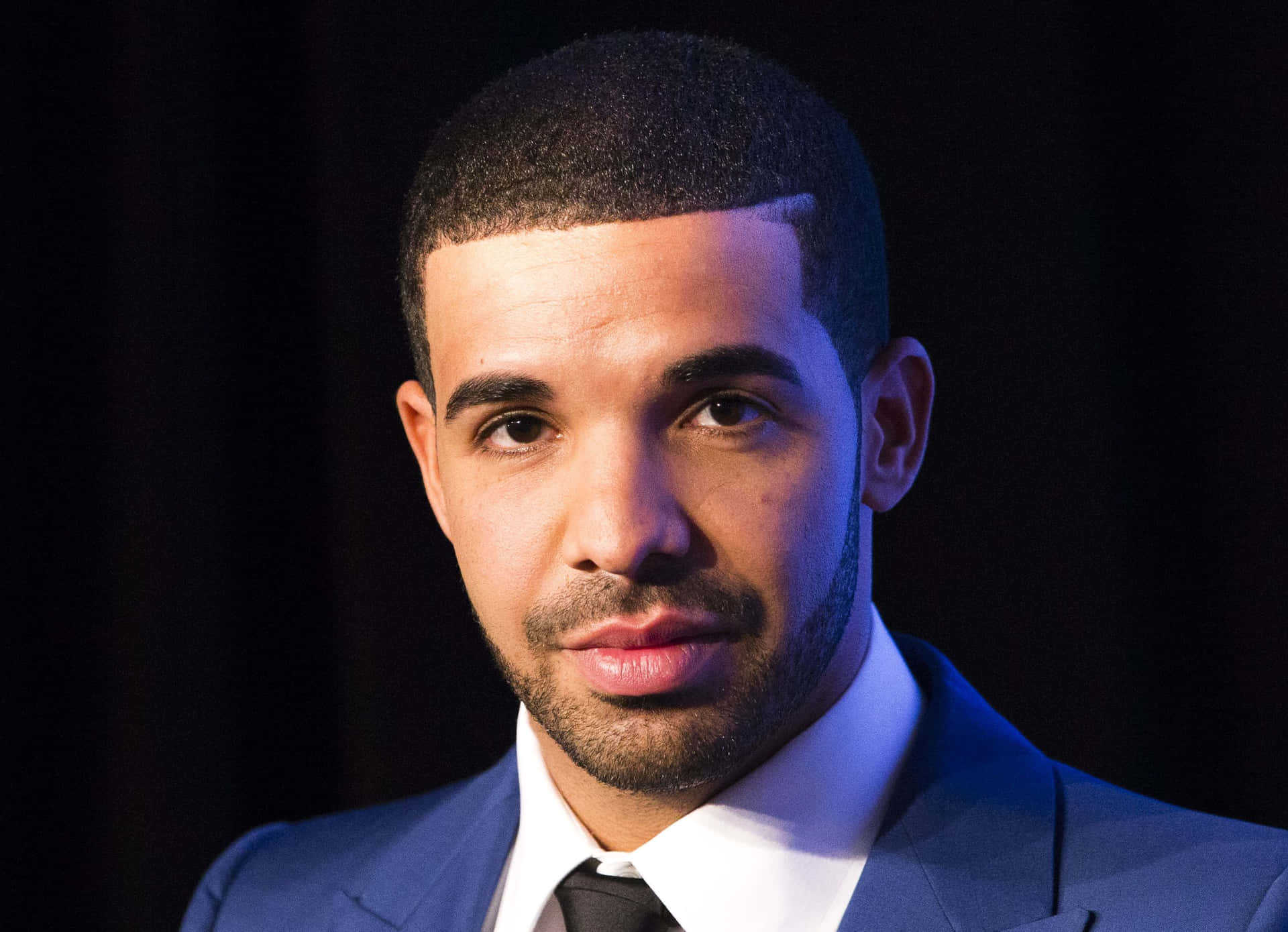
6. **Drake Bell – “The Amanda Show” (1999-2002)**Drake Bell’s journey to Nickelodeon stardom began on “The Amanda Show,” where he endeared himself to audiences through characters like Totally Kyle and Tony Pajamas. The sketch comedy series served as a launchpad, propelling him into the realm of child celebrity and setting the stage for future success, notably with “Drake & Josh.” However, this period of burgeoning fame was tragically intertwined with profound darkness.
During his time on “The Amanda Show,” Bell was regularly in the orbit of dialogue coach Brian Peck. While Bell’s father harbored suspicions about Peck’s intentions, others dismissed it as mere friendliness, failing to see the sinister undertones. It was in this environment, before he transitioned to “Drake & Josh,” that Bell endured horrific sexual abuse at Peck’s hands, an ordeal that would leave deep and lasting scars.
Peck was eventually sentenced to a mere sixteen months, a sentence that many, including Bell, found woefully inadequate given the gravity of his crimes. Bell’s career continued, outwardly successful, but the trauma of the abuse remained buried, manifesting in various personal demons and struggles throughout his adulthood. The public image of a cheerful star masked a private agony.
For years, Bell carried the weight of his pain in silence, a burden too heavy to share. It wasn’t until 2024 that he bravely chose to speak publicly about the abuse, breaking years of silence and embarking on a crucial, albeit painful, healing process. His story is a chilling reminder of the hidden dangers that can lurk behind the scenes of even the most innocent-seeming children’s productions.

7. **Jake Lloyd – “Star Wars: Episode I – The Phantom Menace” (1999)**For many young actors, landing a role in a franchise as monumental as Star Wars would be the absolute peak of a budding career. Jake Lloyd, at a tender age, beat out over 3,000 hopefuls to embody the innocent, yet destined-for-darkness, young Anakin Skywalker in “Star Wars: Episode I – The Phantom Menace.” It promised to be the role of a lifetime, a golden ticket to cinematic immortality.
However, the reality of portraying such an iconic character in one of the most anticipated films ever made quickly revealed its darker side. Lloyd later openly shared that the immense pressure and the vitriolic backlash from both the press and the fanbase, coupled with the relentless mistreatment and bullying he faced from his peers, became unbearable. This unrelenting scrutiny and negativity directly contributed to his decision to step away from acting entirely.
Beyond the public criticism, Lloyd was also quietly grappling with significant personal and mental health challenges. These struggles eventually led to a diagnosis of paranoid schizophrenia, shedding a deeper, more somber light on the pressures he faced as a child star. His journey highlights how the shadow of an iconic role can extend far beyond the silver screen, impacting an individual’s mental well-being for years.
Today, the retired actor has worked diligently to cope with his condition, finding ways to manage his mental health. In a testament to his resilience, he has even found a way to re-embrace his past, reconciling with the very franchise that brought him so much early pain. While his mother believes he was largely shielded from the worst of the “Phantom Menace” backlash during his formative years, it’s clear that the experience left an undeniable mark, making his upbringing far more challenging than it might have been without the burden of Anakin.

8. **Anissa Jones – “Family Affair” (1966-71)**The beloved 1960s sitcom “Family Affair” is often remembered fondly, but an enduring urban legend suggests a ‘curse’ befell several of its cast members, with tragedy striking Anissa Jones, who charmingly played the pigtailed Buffy. Her bright-eyed innocence captivated audiences, making her a household name at a very young age.
Yet, behind the scenes, the demands of maintaining her youthful image for the show’s extensive five-season run were incredibly repressive. Jones was subjected to chest binding to ensure she appeared perpetually childlike and was obligated to carry her Mrs. Beasley doll, even as she grew older. By the tender age of nine, the burden of pretending to be a six-year-old began to weigh heavily on her, leading to feelings of profound embarrassment and repression.
Once “Family Affair” concluded, Jones found herself caught in a heartbreaking struggle to transition to new roles, essentially typecast by her iconic child persona. Simultaneously, she became embroiled in a bitter custody battle, further destabilizing her young life. Her co-star, Kathy Garver, poignantly reflected on Jones’s trajectory, suggesting that her eventual descent into drug use was a direct form of rebellion against the years she was forced to inhabit a role that no longer fit her.
Tragically, Anissa Jones’s life was cut short in 1976, just as she was stepping into adulthood, due to an accidental overdose. Her story stands as a stark and heartbreaking example of how the prolonged demands of child stardom, particularly those that stifle natural development, can lead to devastating consequences.
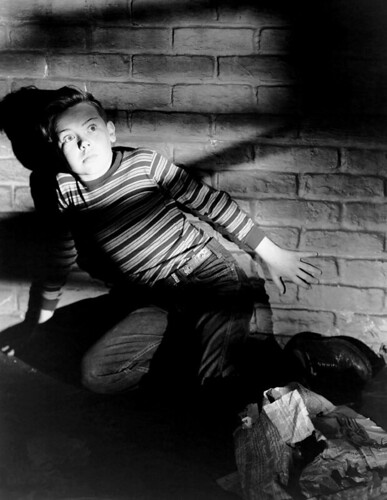
9. **Bobby Driscoll – “Peter Pan” (1953)**For a considerable period, Bobby Driscoll was the quintessential Disney child star, gracing the screens in beloved classics like “Song of the South” and “Treasure Island.” His most iconic role, however, remains etched in cinematic history as the voice of Peter Pan, the fantastical “Boy Who Never Grows Up.” It was a role that perfectly encapsulated his youthful charm and energy.
Irony, however, often plays a cruel hand in Hollywood. While Driscoll gave voice to eternal youth, he, like all children, was inexorably undergoing puberty. Disney, no longer knowing how to cast an adolescent actor whose appeal was rooted in his childlike demeanor, made the harsh decision to terminate his contract. This abrupt end to his Disney career catapulted him into a public high school where, rather than being embraced, he was relentlessly mocked for his past as a child star.
Although Driscoll eventually switched schools, his path forward became increasingly fraught with difficulty. The promise of his early career dissolved into a life riddled with substance use and a series of legal troubles, a stark contrast to the whimsical characters he once portrayed. Despite these challenges, he sporadically found acting work, but the public recognition that once defined him had largely faded.
His struggles culminated in a truly anonymous and tragic end. In 1968, his body was discovered, having succumbed to heart failure. So disconnected was he from his former fame that he was buried in an unmarked grave, his identity only confirmed later by authorities who managed to piece together the fragments of his life. Driscoll’s story is a chilling reminder of the disposable nature of child fame and the profound loneliness that can accompany its decline.
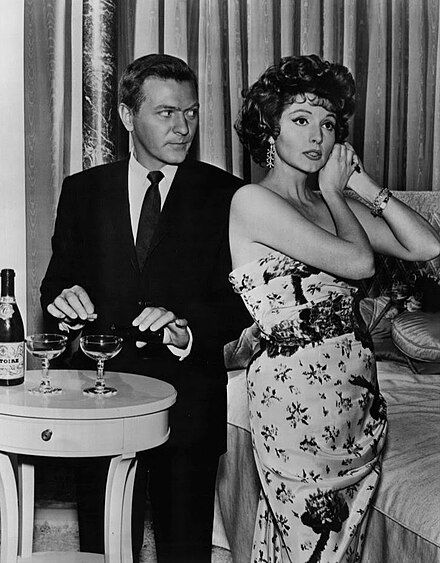
10. **Myca Dinh Le & Renee Shin-Yi Chen – “Twilight Zone: The Movie” (1983)**“Twilight Zone: The Movie” is a film forever scarred by one of Hollywood’s most notorious and tragic productions, a set where three lives were tragically lost. Among them were two young child actors, Renee Shin-Yi Chen and Myca Dinh Le, who were cast as Vietnamese orphans in a segment directed by the acclaimed John Landis. Their roles, intended to be part of a redemptive arc for Vic Morrow’s character, instead became part of a horrifying real-life catastrophe.
The scene was ambitious and dangerous: Morrow’s bigoted character was to rescue the children amidst a chaotic attack on their village, complete with a low-flying helicopter. In a heart-wrenching twist of fate, this cinematic sequence never made it to the final cut. During the filming, a catastrophic helicopter crash occurred, instantly killing Morrow and the two young co-stars, Myca Dinh Le and Renee Shin-Yi Chen, in a horrifying accident that shocked the industry.
The ensuing investigations revealed a multitude of egregious child labor law violations on the set. The young actors were reportedly made to work after hours, well past legal limits, and, most disturbingly, were present around live explosives, an utterly reckless environment for children. This blatant disregard for safety protocols drew widespread condemnation and led to a highly publicized trial.
While director John Landis and his associates were ultimately found not guilty of manslaughter, the tragedy ignited a crucial, long-overdue conversation about on-set safety, particularly concerning child actors. Many still accused Landis of negligently placing his cast in harm’s way, leaving an indelible stain on Hollywood’s safety record and serving as a permanent, grim reminder of the ultimate price paid for a single, ill-fated production decision.

11. **Lindsay Lohan – “The Parent Trap” (1998)**Lindsay Lohan exploded onto the scene with a captivating dual performance as the mischievous twins in Disney’s remake of “The Parent Trap.” This breakout role instantly established her as a formidable young talent, paving the way for further massive successes in “Freaky Friday” and “Mean Girls.” Her early career was a whirlwind of critical acclaim and box office gold, marking her as a child star destined for greatness.
However, as her fame intensified, the pressures of the spotlight began to exert an immense toll, subtly derailing the pristine image she had cultivated. The innocence of her early roles quickly gave way to a relentless stream of negative tabloid publicity. Frequent appearances in New York nightclubs spiraled into a series of highly publicized legal troubles, marking a rapid and dramatic shift from child prodigy to cautionary tale.
Her troubles escalated significantly in 2007 with a car crash and subsequent arrest for DUI and cocaine possession, followed by another arrest just two months later. Despite receiving a minimum jail sentence and attempting rehabilitation, her struggles persisted. Further incidents, including missing a DUI hearing, a 90-day jail sentence, and a charge for necklace theft in 2011, underscored a profound inability to navigate the relentless demands of her public life.
In recent years, Lohan has made significant strides in reclaiming her narrative and rebuilding her life. While not entirely free from media attention, she has focused on entrepreneurial ventures, like her Beach House clubs in Greece, and on establishing a more stable, private existence. Her journey is a poignant illustration of how early, immense fame can create a vortex of public scrutiny and personal challenges that are incredibly difficult to escape, demanding immense resilience to find a path to recovery.
Read more about: Polly Holliday, Tony-Nominated Stage and Screen Actor Behind “Kiss My Grits!”, Dies at 88

12. **Amanda Bynes – “The Amanda Show” (1999)**Amanda Bynes began her career at an incredibly young age, starring in commercials and stage productions before landing coveted roles on Nickelodeon’s “All That” and her own immensely popular sketch comedy, “The Amanda Show.” Her comedic timing and undeniable charisma made her a beloved figure in children’s television, seemingly destined for a seamless transition into adult stardom, as evidenced by her role in “What I Like About You.”
Yet, the very fame that propelled her to such heights became the foundation for a deeply challenging period. Shortly after announcing her “retirement” from acting in 2012, Bynes’s life took a sharp and public turn for the worse. Her face, once synonymous with laughter and youthful charm, began to appear on tabloids for all the wrong reasons, starting with a DUI arrest after a car accident involving a police vehicle.
The incidents quickly escalated, painting a troubling picture of a young woman struggling under immense pressure. She was involved in multiple hit-and-run accidents, caught driving with a suspended license, and infamously arrested for drug use after reportedly throwing a bong from her apartment window, leading to charges of reckless endangerment and evidence tampering. These episodes culminated in psychiatric holds and rehabilitation stints, revealing the severe mental health struggles simmering beneath the surface of her public persona.
Fortunately, Bynes has embarked on a commendable journey toward recovery and stability. As of recent reports, she has successfully regained control of her finances, mended family relationships, and is pursuing new passions like fashion design. Her story is a powerful reminder that the intense glare of child stardom can lead to significant mental health crises and legal troubles, but also that with dedication and support, it is possible to find a path back to a happy and healthy life, far from the pressures that once threatened to consume her.
Read more about: Beyond the Scrunchies: The 14 Most Absolutely Stunning Actresses Who Ruled the 90s Silver Screen!
These stories, while distinct in their details, echo a shared narrative: the intoxicating allure of early fame often masks a perilous journey fraught with unique challenges. For these twelve child actors, the roles that once promised glittering futures ultimately became pivotal points, setting them on paths of profound struggle. Their experiences serve as a powerful and enduring testament to the often-unseen costs of growing up in the spotlight, reminding us that behind every iconic performance lies a real person navigating a world ill-equipped for the demands placed upon its youngest stars. It’s a compelling argument for greater support, protection, and understanding for those who step into the dazzling, yet often dangerous, world of show business before they’ve even had a chance to truly find themselves.


